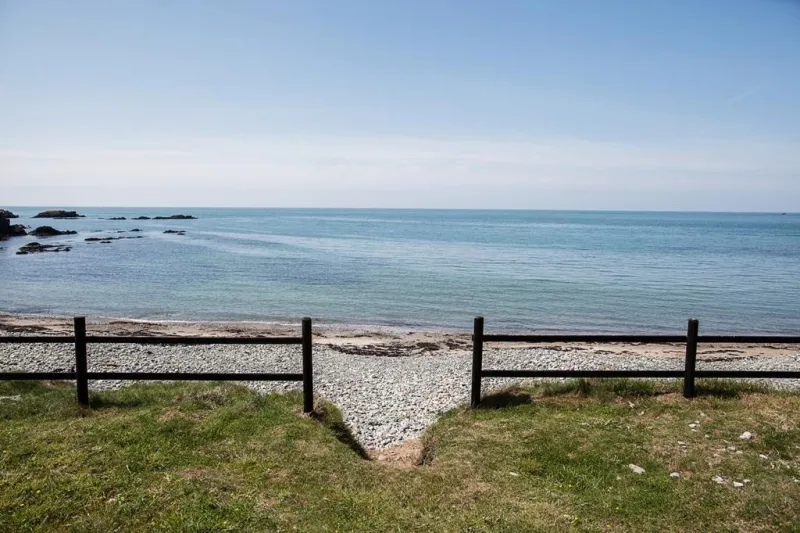Feeling SAD? Put a spring in your step
Seasonal affective disorder (SAD) is a type of depression with a seasonal pattern. The episodes of depression tend to occur at the same time each year, usually during the winter. As with other types of depression, the two main symptoms of SAD are a low mood and a lack of interest in life. You may also be less active than normal and sleep more. For symptoms of SAD follow this link: http://www.nhs.uk/Conditions/S...
SAD is sometimes known as “winter depression” because the symptoms are more apparent and tend to be more severe at this time of the year. The symptoms often begin in the autumn as the days start getting shorter. They’re most severe during December, January and February. In most cases, the symptoms of SAD begin to improve in the spring before eventually disappearing.
The exact cause of SAD isn’t fully understood, but it’s thought to be linked to reduced exposure to sunlight during the shorter days of the year. Sunlight can affect some of the brain’s chemicals and hormones. However, it’s not clear what this effect is. One theory is that light stimulates a part of the brain called the hypothalamus, which controls mood, appetite and sleep. These things can affect how you feel. In people with SAD, a lack of sunlight and a problem with certain brain chemicals stops the hypothalamus from working properly. The lack of light is thought to affect the:
production of the hormone melatonin
production of the hormone serotonin
body’s circadian rhythm (its internal clock, which regulates several biological processes during a 24-hour period.
You should visit your GP if you have symptoms of SAD. They may carry out an assessment to check your mental health. Your GP may ask you about your mood, lifestyle, eating habits and sleeping patterns, plus any seasonal changes in your thoughts and behaviour.
As with any depression, SAD can be difficult to live with. It can make you feel tired, stressed and unhappy. However, it can usually be treated successfully. Light therapy is often used to treat SAD. It involves sitting in front of or beneath a light box that produces a very bright light.
Light boxes come in a variety of designs, including desk lamps and wall-mounted fixtures. You should speak to your GP and read the manufacturer’s instructions before using a light box to treat SAD. Depending on the nature and severity of your symptoms, talking therapies such as Cognitive Behavioural Therapy or medication such as antidepressants may also be recommended.
Living with depression and anxiety can overshadow every aspect of our lives; at Think Therapy we are committed to helping people overcome their conditions to live a full and happy life. If you are affected by SAD contact, us to arrange a consultation and start to feel better before spring has sprung.
(Source NHS Choices, www.nhs.uk)



